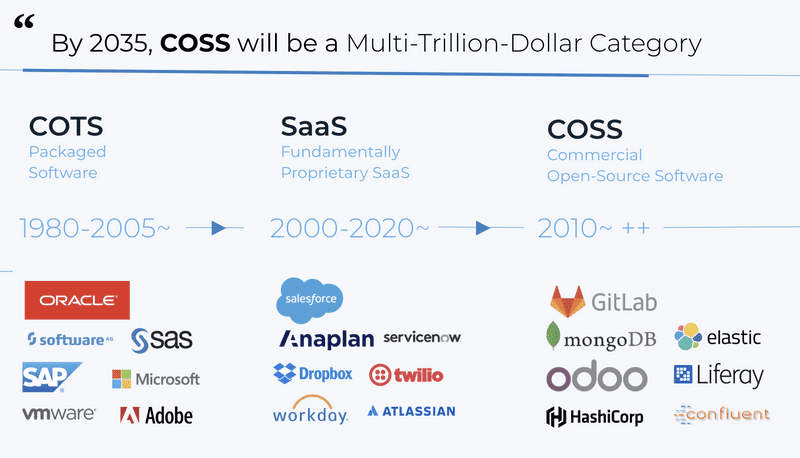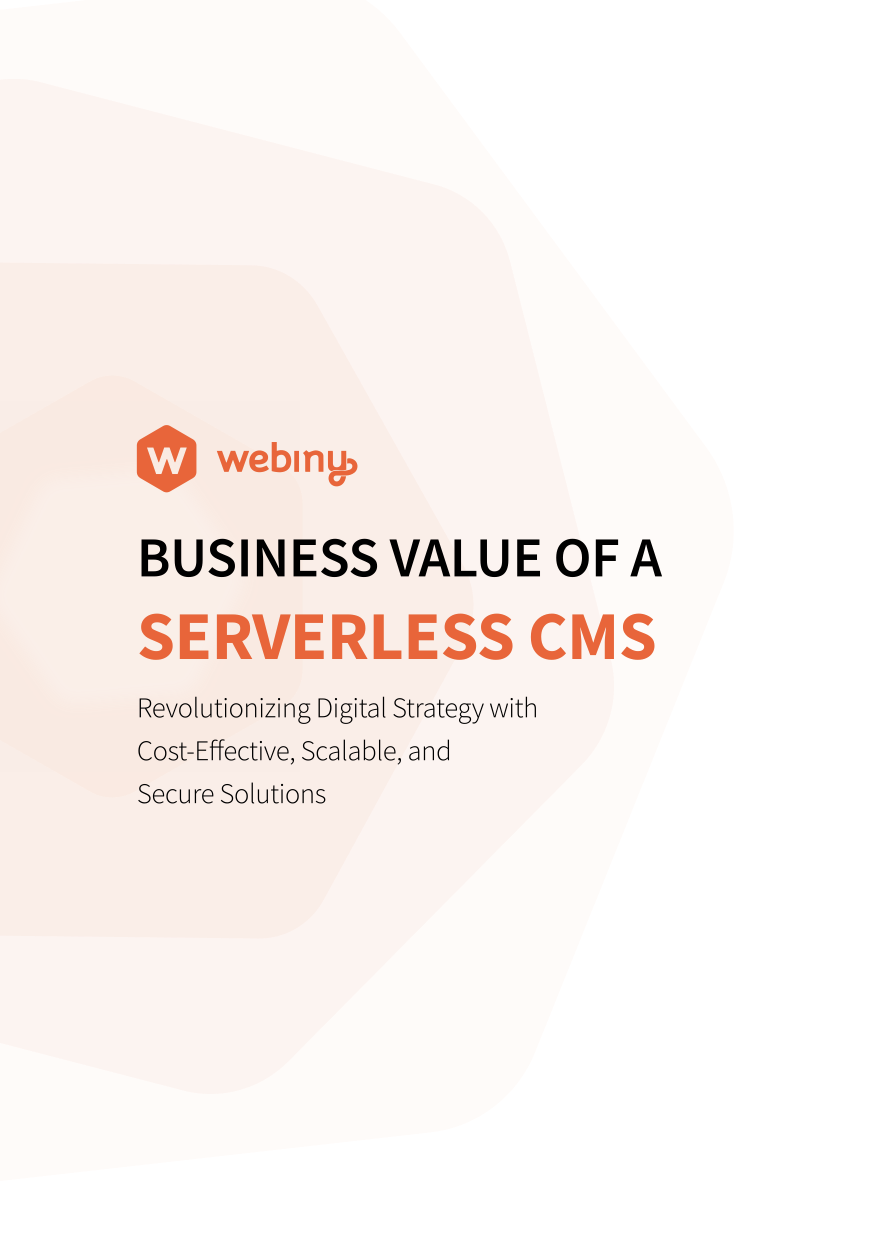You probably heard the open source vs SaaS story before. Open-source is "free", but usually comes at a higher total cost of ownership due to the infrastructure, security, and devops effort required to operate. SaaS is great as it's managed by the provider. You don't worry about infrastructure, performance, security and many other parts. It usually ends up being cheaper in the long term.
All that is about to change and businesses will start to revaluate their SaaS vs open-source approach. Let's explore in more detail the factors you should consider next time you're choosing a solution for your organisation.
SaaS
The whole premise of the SaaS business model is that you pay to use a product, usually on a monthly or a yearly basis, and the product is managed by the product owner. The "traditional" pros and cons of a SaaS solution versus an open-source solution are laid out below:
Advantages of a SaaS solution versus a self-hosted open-source solution:
- Infrastructure - the solution usually has an SLA-based up-time. The infrastructure is patched, secured, and maintained by the vendor, you do not touch it, you do not care about it.
- Security - usually the vendor is responsible for things like GDPR, HiPPA SOC2, and similar. Again something that's off your plate.
- Implementation - Usually all you need to do is just create an account. There is no installation, configuration, or complex steps to get up and running.
- Up-front cost - The up-front costs are usually small as there are no big infrastructure investments needed to get started.
- Support - Most, if not all, SaaS solutions will come with support services as part of the bundle.
- Easy upgrades - Technically there are no upgrades you need to do, it's all managed by the vendor.
Disadvantages of a SaaS solution versus a self-hosted open-source solution:
- Lack of control - your data, your privacy, and your security, are not in your control. This means you have to trust a 3rd party business to properly handle all those things in the name of your company. For some companies, hosting data on 3rd party services isn't even a possibility.
- Limited customization - No solution is 100% perfect and fits exactly to your use-case, but when it comes to a SaaS solution, you can't make any changes to how it works, you either use it as it is, or you don't.
For more details on each of the tradeoffs check out the 5 Reasons why Open Source is superior over SaaS article.
There are many benefits to using a SaaS solution and the cons are only a few, but those cons often can have a major impact.
With SaaS you're trading cost-savings for trust.
The question is, at what level the tradeoff is no longer worth while?
Open-Source (Serverless Edition)
It's the Infrastructure's Fault!
The main premise of choosing SaaS over open-source is because of the TCO (total cost of ownership). If we look at where the cost occurs in the open-source option, it's mainly on the infrastructure side. It's not so much the cloud infrastructure cost itself, but the devops effort required to manage it and scale it. This is especially true if you're looking to operate a solution that should be highly available or even fault-tolerant.
Serverless to the Rescue
This is where serverless infrastructure changes the game. Serverless infrastructure, when compared to an app running on VMs, is up to 80% cheaper in terms of cloud infrastructure costs and up to 60% cheaper in terms of the effort required to maintain it and scale it. Serverless infrastructure, in the case of most services, is fault-tolerant by design.
By running an open-source solution inside your own cloud, on top of the serverless infrastructure, the SaaS vs open-source cost savings are now much smaller, in some cases, the latter might be actually even cheaper.
Also to mention, most SaaS providers rely on the cloud, sometimes combined with their own datacenters. These deployments are far from being globally distributed and SaaS providers will always think profitability whenever they have to consider launching their services in a new geo. That can harm end-users performance, especially for those SaaS providers that have fewer centralised deployments. With Serverless all those constraints go away, as OSS can be deployed in any part of the world at $0 Capex and no additional increase in operational costs or management complexity. All of that whilst delivering greater end-user performance.
The Decision Is Yours
Now the question is, do you want to trade a marginal difference in price and go with a SaaS solution, or pay slightly more and keep control over your data, security, privacy, and compliance in-house. The answer is → it depends.
Let's review a few examples:
If you're an organisation with a technical department and you have in-house technical capabilities and value your security and data. In most cases, you are probably still using a SaaS solution because the open-source was just too expensive to maintain and scale. In this case, by switching to a serverless open-source solution you would gain certain benefits. Your cost might be similar to the SaaS one, but you would bring the security, privacy, and control back in-house.
If you're an organisation currently using say a SaaS CMS and you don't want to be bothered with managing infrastructure since you have limited technical effort to invest in. The SaaS option was traditionally a better solution for you, but if you consider a solution like Webiny, which runs on top of the serverless infrastructure, you might actually save a ton of money and get a better experience without a big overhead on the infrastructure management.
If you're a smaller company and don't have technical capabilities, or very limited technical capabilities, a SaaS solution might still be a better option as switching to a self-managed open-source solution might mean you need to hire more people.
Conclusion
As the main takeaway, the serverless infrastructure definitely brings the SaaS vs open-source comparisons much closes as the TCO factor is reduced in the favour of open-source. The decision is now harder than before and the cost-based decision-making process will no longer be the main approach to decide which is better for your organisation.
Also, I expect us to see a shift in business models we will see in the near future. Vendors will move away from the current SaaS approach to a self-hosted commercial open-source model. The latter values data ownership and privacy above the maintenance cost. Looking broader at the market, more and more companies will prefer to make this tradeoff.

If you're interested in a self-hosted open-source serverless CMS, check out Webiny Serverless CMS. If you plan on creating serverless APIs or full-stack applications, Webiny Serverless Application Framework is one of the easiest and most developer-friendly ways to get started.

